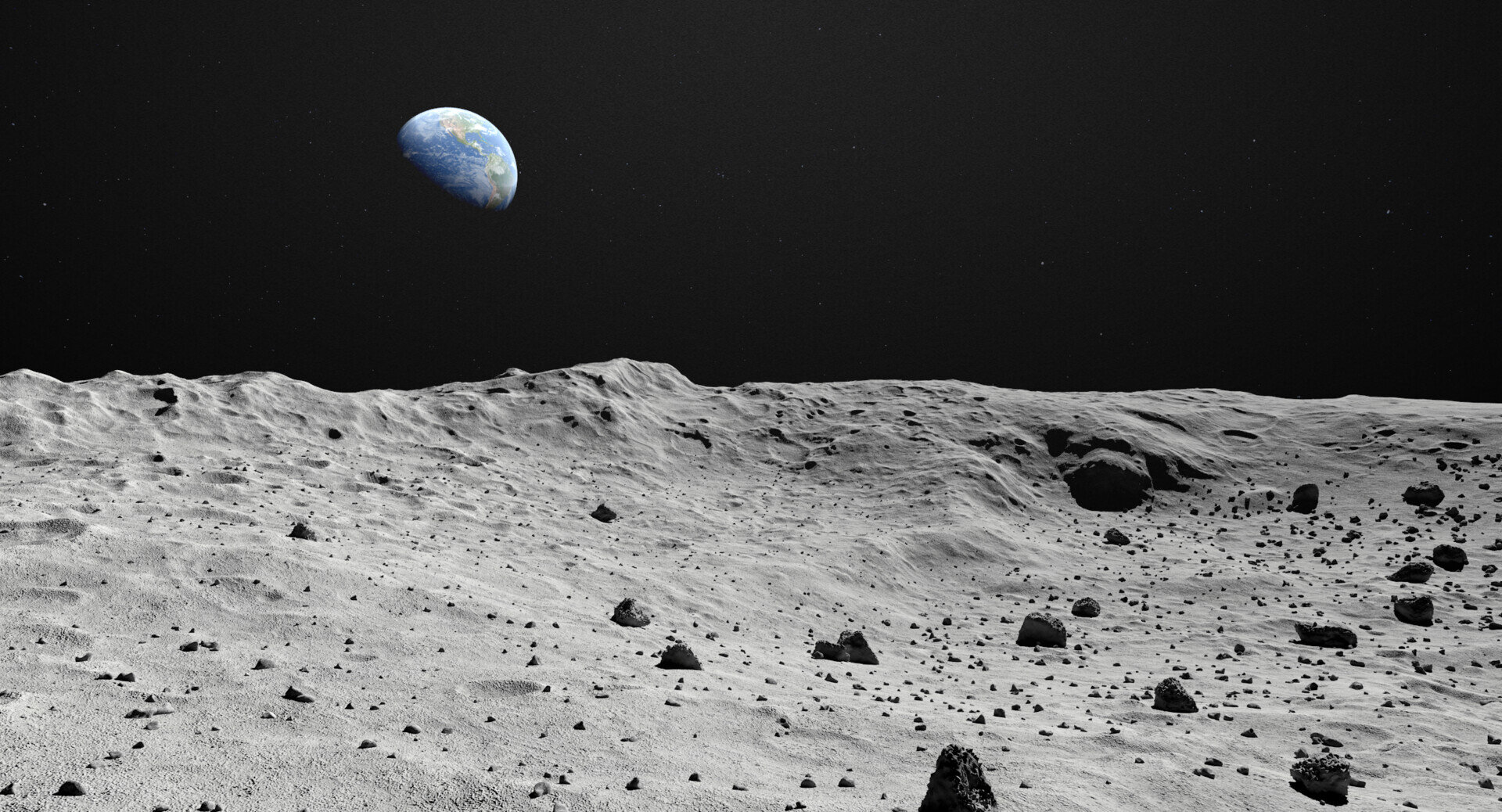
Project Luna
A Gateway-based cislunar Tug presented at NASA’s 2019 RASC-AL competition
Project Luna was a winning design proposal presented at NASA’s 2019 RASC-AL Forum: a university-level, full mission architecture engineering design competition. In 2019, the forum challenged teams to design systems that could leverage the lunar Gateway’s capabilities to facilitate cislunar missions.
Hybrid Efficiency
A hybrid propulsion system allows the spacecraft to minimize propellant consumption while significantly reducing flight time. Eight NEXT-C ion thrusters provide a high specific impulse— essential for frequent cislunar operations with few resupply missions—while the two HiPAT chemical thrusters provide higher thrust, enabling faster missions when needed.
Flexibility
The Tug consists of two modules: one that uses electric propulsion and another that uses chemical propulsion. These modules can operate jointly and independently. This provides NASA and customers with greater flexibility when balancing single-mission objectives with long-term goals.
Reusability
A co-manifested refueling module remains docked to the Gateway, allowing the Tug to refuel in between missions. Combined with hybrid efficiency, this allows NASA to delay the need for a resupply mission for up to 11 years.
Integrated Design
As leader, I participated in design of most subsystems, with special focus on GNC and orbital maneuvering. Additionally, I implemented a model-based approach that allowed for simulation of subsystem integration and full-architecture optimization. To this end, I developed a computational model of the spacecraft that simulated the interactions between the different subsystems. This allowed for faster, more focused design optimization.
Leadership
Project Luna consisted of eleven students united by a passion to create. From early on, I dedicated much energy to effecting good teamwork. This included everything from strengthening communication channels, organizing effective meetings, and dividing labor in a way that capitalized on everyone’s individual abilities. Ultimately, this ensured a common understanding of project goals and requirements, resulting in an award-winning design.
Competition
The 2019 competition challenged 80+ university teams to develop a spacecraft that could be used to transport payloads in the cislunar environment. Through a multi-phase formal proposal process, teams were down-selected until only 12 remained. As finalists, Project Luna presented at the 2019 RASC-AL Forum, winning 1st place in-theme and 2nd place overall.
Presentations
The 2019 RASC-AL finalists presented their designs to NASA and industry experts in Cocoa Beach, FL. This allowed us to thoroughly evaluate key design decisions, and expanded our understanding of areas the design could be improved on. As winners, Project Luna also presented at AIAA’s 2019 Propulsion & Energy conference in Indianapolis.






